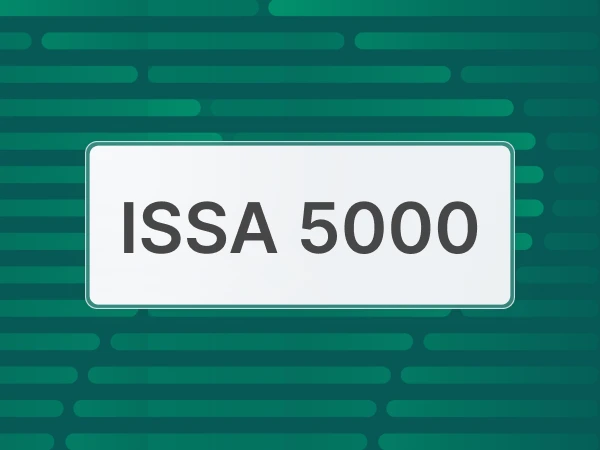Environmental statements and green claims: communicating sustainability correctly
Environmental statements, green claims and certifications: let's shed light
Per capire come comunicare in modo corretto il proprio impegno di sostenibilità, è importante definire innanzitutto che cos’è un green claim (o dichiarazione ambientale): si tratta di un’asserzione di sostenibilità che può comparire su un prodotto, sul suo imballaggio o su materiale promozionale; può essere espressa come testo, simbolo o immagine, e divulgata su supporti cartacei, digitali o elettronici, allo scopo di differenziare il prodotto per le sue performance in ambito ambientale.
Anche la narrazione di un prodotto, e quindi ciò che lascia intendere, è un claim etico: per esempio, se per raccontare un prodotto vengono utilizzati immagini di luoghi incontaminati, facendo intendere che è lì che viene realizzato, questa è a tutti gli effetti un’asserzione e non solo un elemento grafico. Se l'azienda ha sviluppato un proprio logo di sostenibilità, anche questa è una dichiarazione ambientale e come tutte dovrà rispondere a determinati requisiti.
Le asserzioni si differenziano in primis tra:
- mandatory, such as energy labels on household appliances;
- voluntary, where it is the company that decides whether to commit to the adherence of a set requirement.
Click the link below and download the free guide with the 7 key principles for properly communicating your commitment to environmental sustainability!
Download the free white paper!
Voluntary environmental statements: the 3 subgroups
Within the voluntary statements we find 3 other subgroups:
- rating systems, entities that assess a company's sustainability performance based on their own criteria to which companies can submit through a survey; examples include ESG rating companies such as Ecovadis or organizations such as CDP;

- initiatives, which do not provide any certification but guarantee commitment to the goals set by the initiative for the company that subscribes to them; these include SBTi, UN Global Compact and Climate Neutral Now, among many others;

- certifications, declarations made as a result of an established and recognized verification process. They can take the form of labels, to provide the consumer with clear, concise and transparent information about the environmental performance of a product, service or organisation. Certification schemes include B Corp, PAS 2060 and labels such as the EU Ecolabel and EPD.

To help you better understand these concepts and to explain in detail how environmental declarations and green claims work, we have created a white paper complete with all the necessary information. Fill out the form below and download it for free!
What you will find in the free white paper:
- What are environmental declarations.
- Examples of environmental declarations and green claims.
- What are environmental self-declarations.
- What are the indications of European legislation on these issues.
- The ways in which to communicate effectively (or how not to communicate).




























